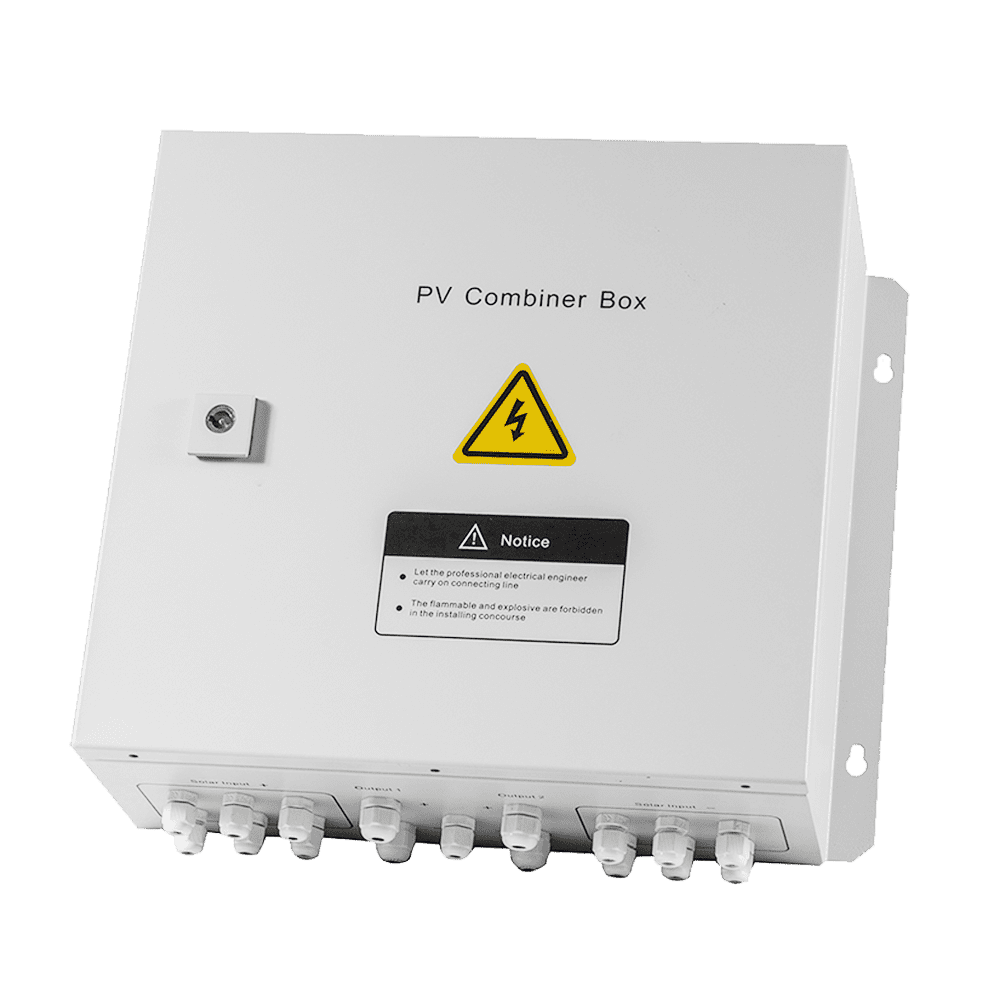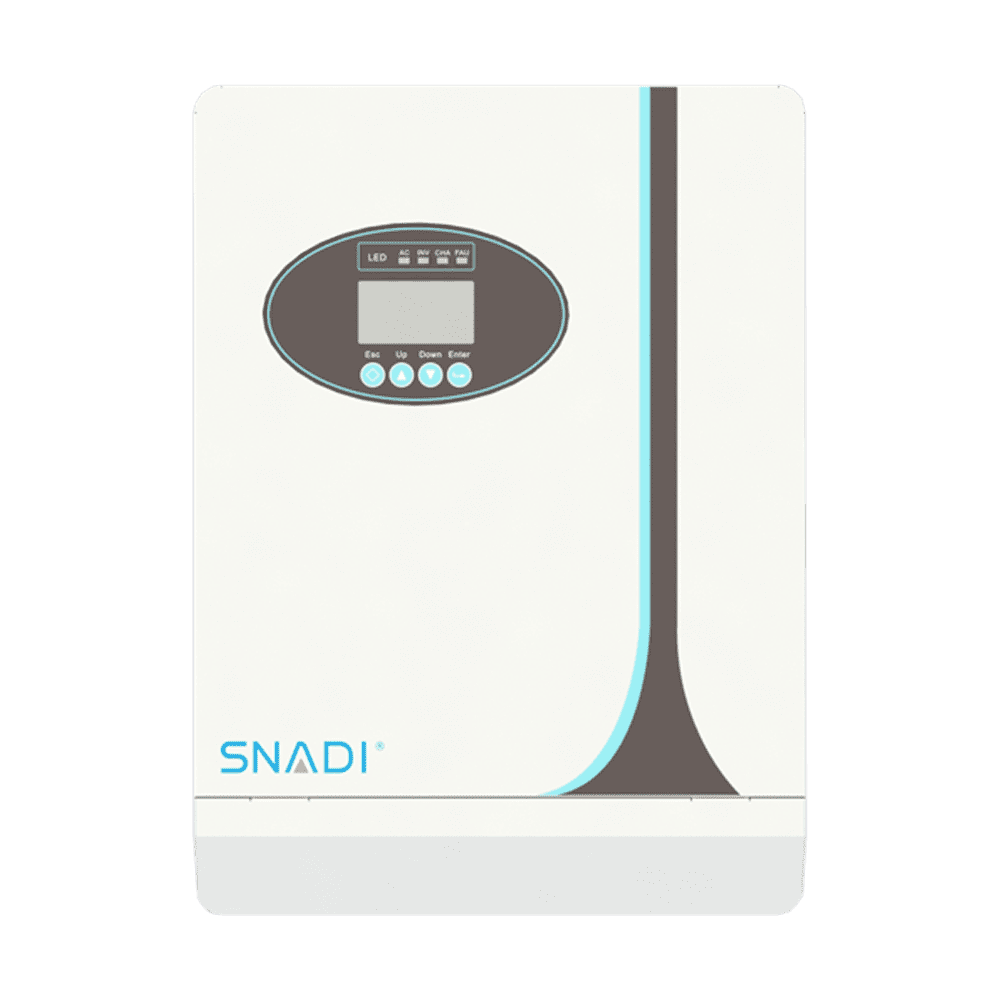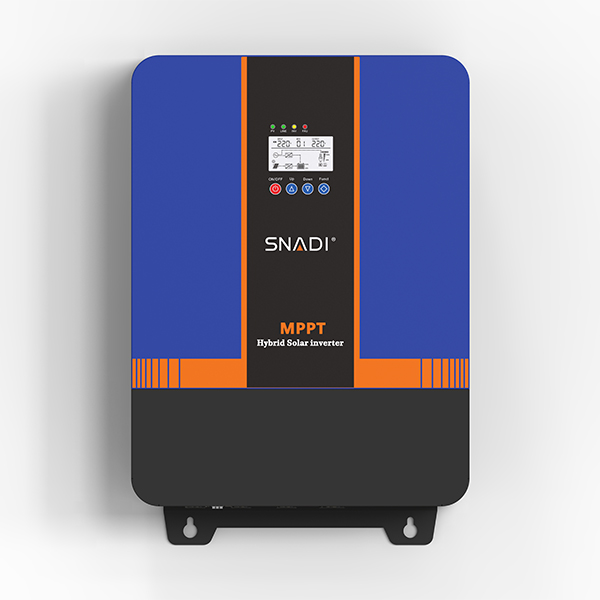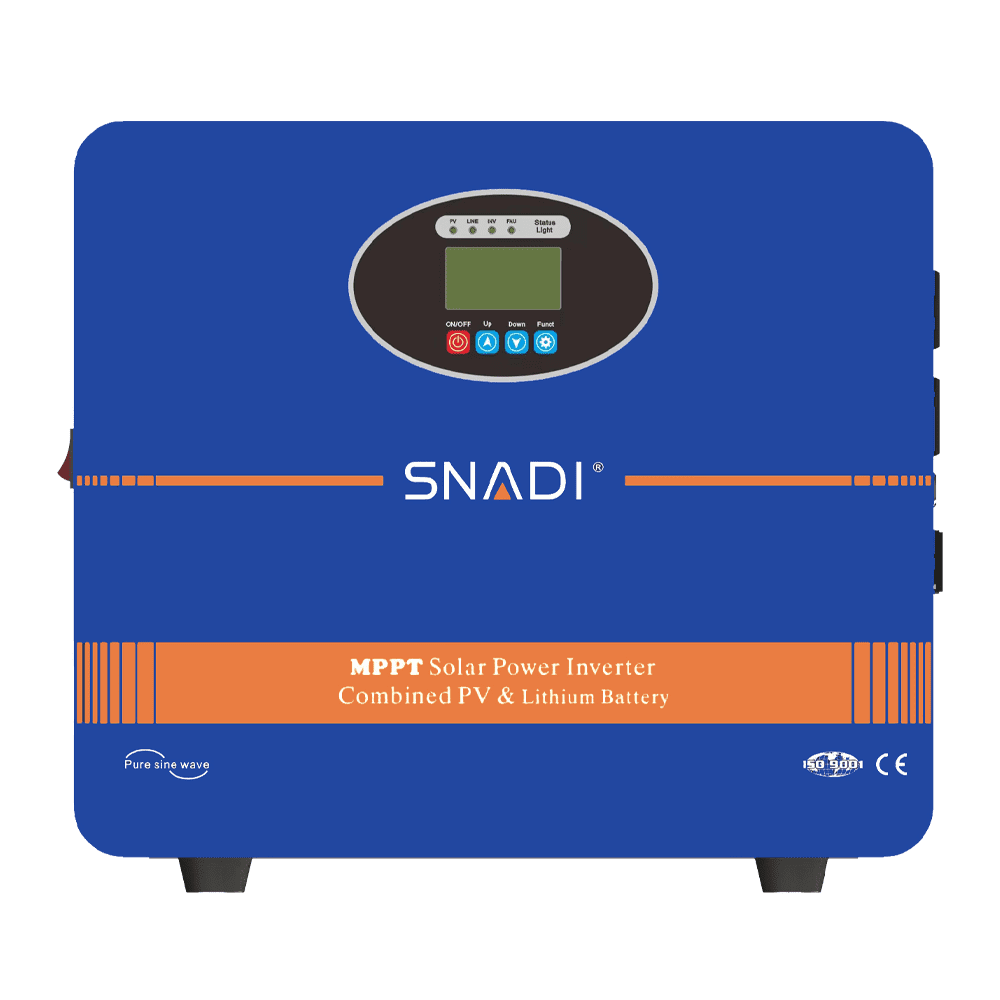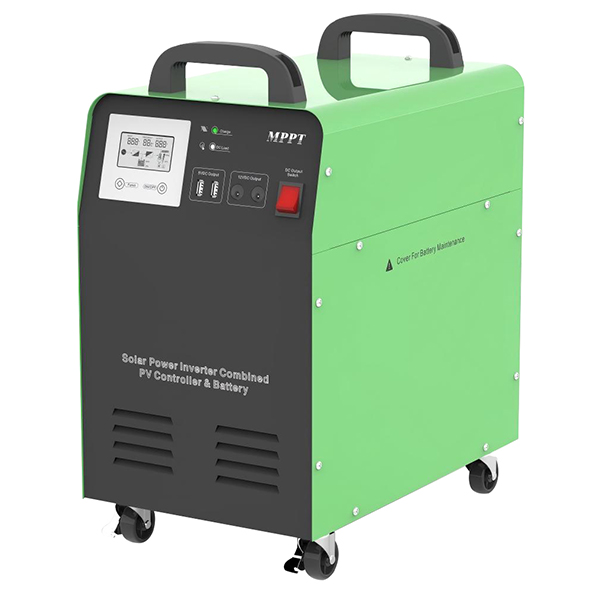In the dynamic landscape of solar energy systems, the significance of solar combiner boxes cannot be overstated. These boxes serve an important role in combining the outputs of several solar panels, ensuring efficient power distribution and administration. Understanding the different types of solar combiner boxes is crucial for optimizing solar installations and maximizing energy yields. This comprehensive guide delves into the intricacies of various types of solar combiner boxes, shedding light on their functionalities, applications, and advantages.
What is a Solar Combiner Box?
A solar combiner box, also known as a junction box or PV combiner box, serves as a central hub where the outputs of multiple solar panels are aggregated before being fed into the inverter. It typically houses components such as circuit breakers, surge protection devices, and monitoring equipment, facilitating the safe and streamlined operation of solar PV (photovoltaic) systems.
Types of Solar Combiner Boxes
String Combiner Boxes
String combiner boxes are among the most common types utilized in solar installations, especially in large-scale projects. They combine the outputs of several strings of solar panels, each with multiple modules connected in series. The strings are joined inside the box and connected to the inverter or the main DC bus. String combiner boxes are prized for their simplicity, scalability, and cost-effectiveness, making them ideal for diverse applications ranging from residential rooftops to utility-scale solar farms.
Array Combiner Boxes
Array combiner boxes cater to solar installations with a higher number of individual solar panels, where organizing panels into strings may not be feasible or efficient. Instead of combining panels into strings, array combiner boxes combine the outputs of individual panels individually. This approach offers more flexibility in system design and allows for finer control over panel-level monitoring and maintenance. Array combiner boxes are commonly employed in commercial and industrial solar projects, where maximizing energy production and system reliability are paramount.
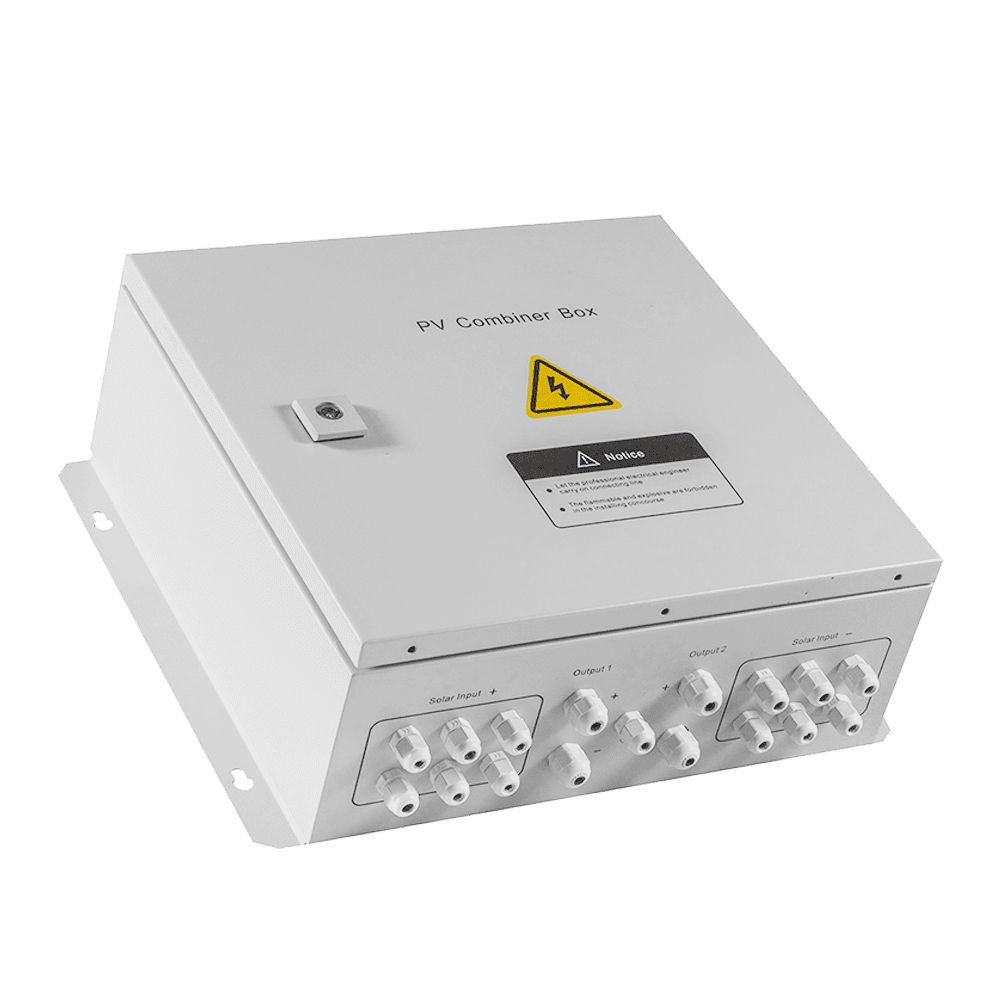
Photovoltaic Array Combiner Box
Smart Combiner Boxes
Smart combiner boxes represent the cutting edge of solar combiner technology, integrating advanced monitoring, communication, and control functionalities. Equipped with built-in data logging, remote monitoring capabilities, and communication interfaces (such as Ethernet or Modbus), smart combiner boxes enable real-time performance monitoring and diagnostics at the module or string level. By providing actionable insights into system performance and health, smart combiner boxes empower operators to optimize energy production, identify potential issues proactively, and enhance overall system reliability and uptime. While smart combiner boxes command a higher initial investment, their long-term benefits in terms of enhanced performance, maintenance efficiency, and asset management justify the expenditure, particularly in commercial and utility-scale solar installations.
DC Combiner Boxes
DC combiner boxes are designed specifically for aggregating the DC (direct current) outputs of solar panels and delivering them to the inverter or DC/DC converters. These boxes have circuit breakers or fuses for each string or array of panels to provide excellent overcurrent protection and fault isolation. DC combiner boxes are designed to resist the rigors of outdoor situations, with tough enclosures and weatherproof seals protecting internal components from moisture, dust, and severe temperatures. They are essential components of both grid-tied and off-grid solar systems, providing a crucial interface between the solar array and the rest of the PV system.
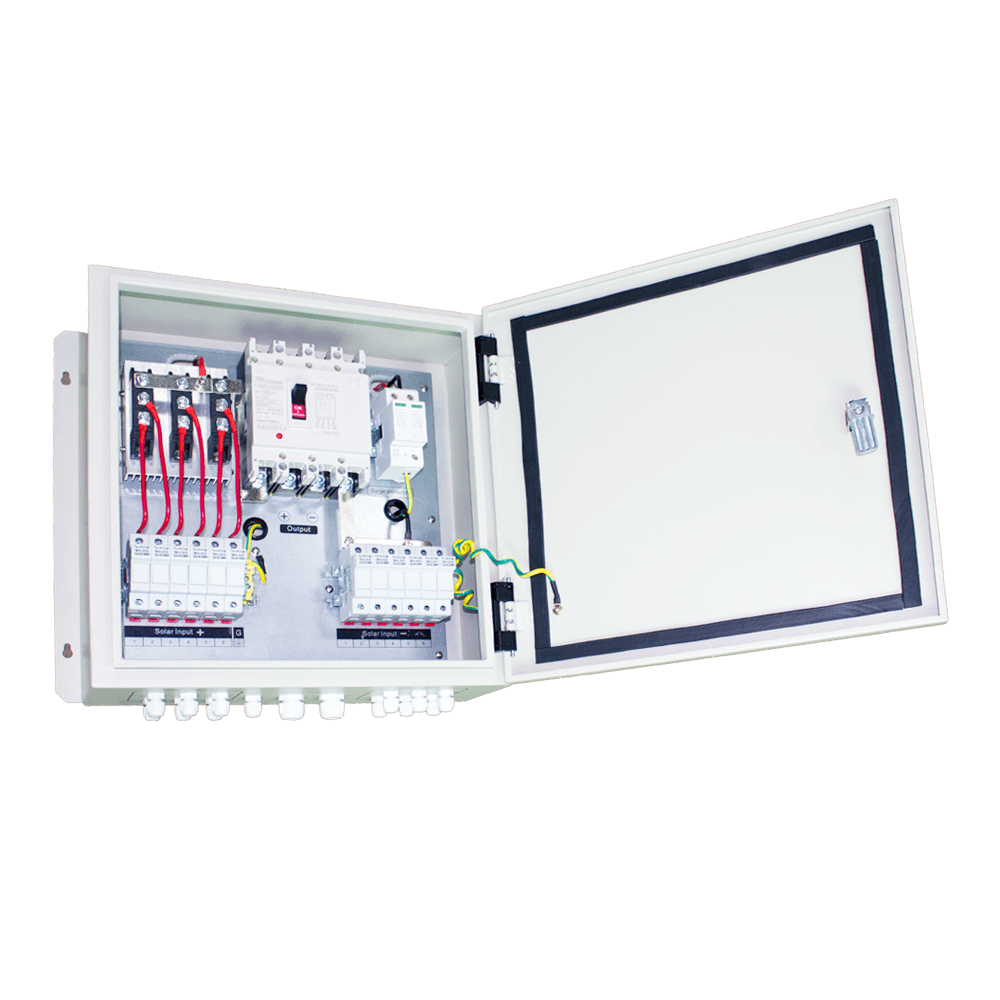
Pv Combiner Box For Off-Grid Applications
AC Combiner Boxes
While most combiner boxes deal with DC power, AC combiner boxes come into play in systems where DC power is converted to AC (alternating current) by string inverters or central inverters. AC combiner boxes aggregate the outputs of multiple inverters, combining them into a single AC output that can be fed into the grid or distributed within the facility. These boxes integrate AC circuit breakers, surge protection devices, and monitoring equipment to ensure the safety and efficiency of AC power distribution. AC combiner boxes are integral components of grid-connected solar installations, where they facilitate seamless integration with the utility grid and compliance with grid interconnection requirements.
Conclusion
Solar combiner boxes are crucial components that integrate and distribute the outputs of various solar panels, ensuring that solar PV systems run efficiently and effectively. Understanding the diverse types of combiner boxes available, from traditional string and array boxes to advanced smart boxes, empowers system designers, installers, and operators to select the most suitable solution for their specific applications and requirements.



